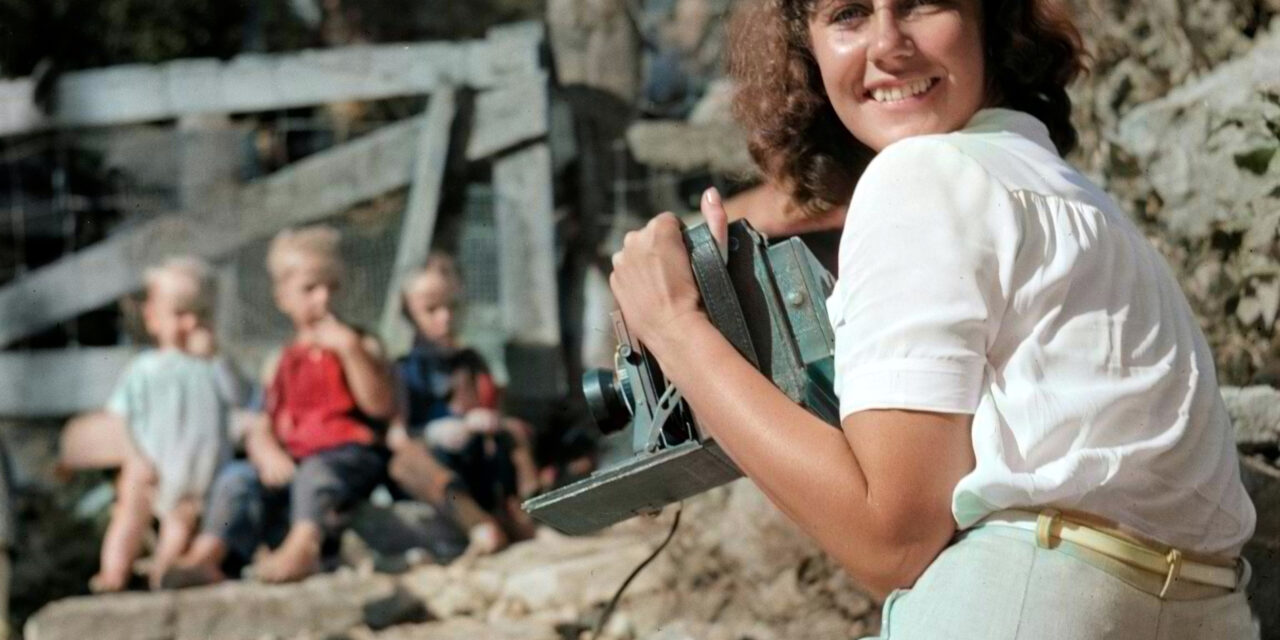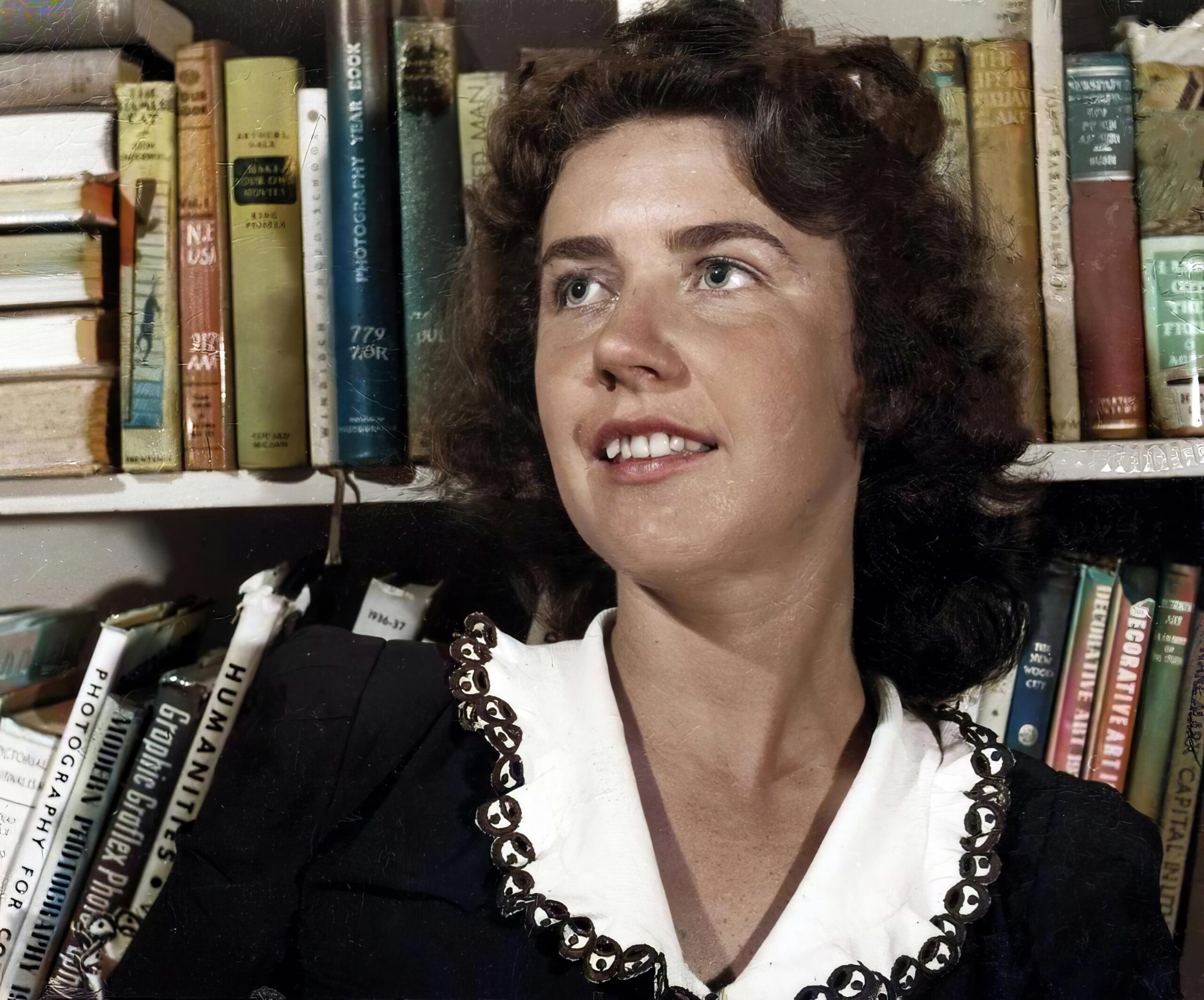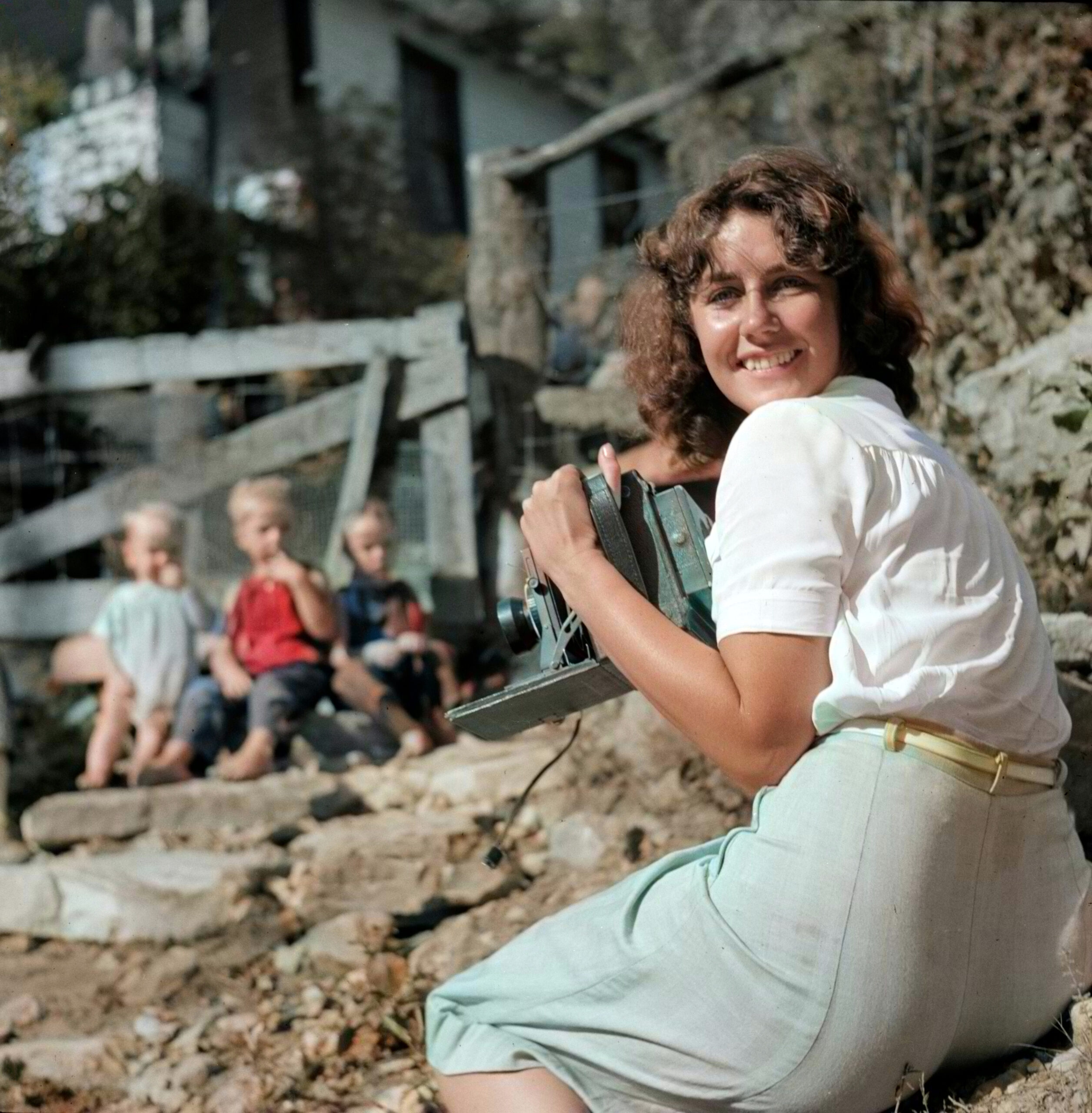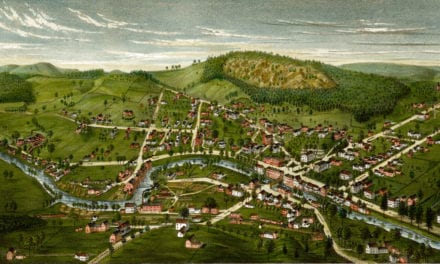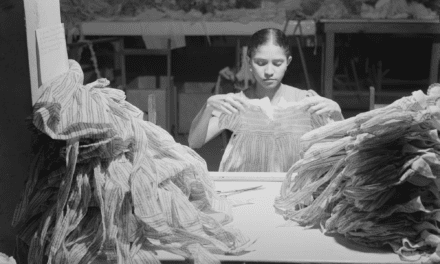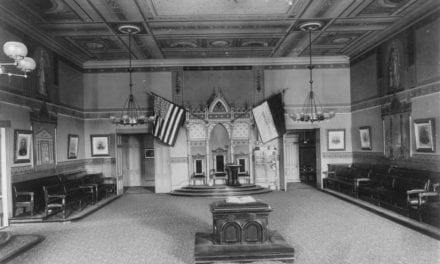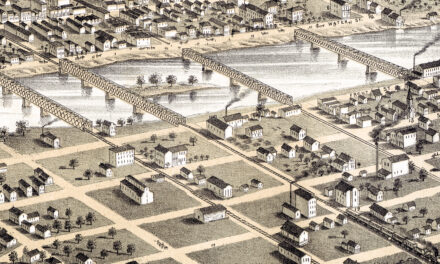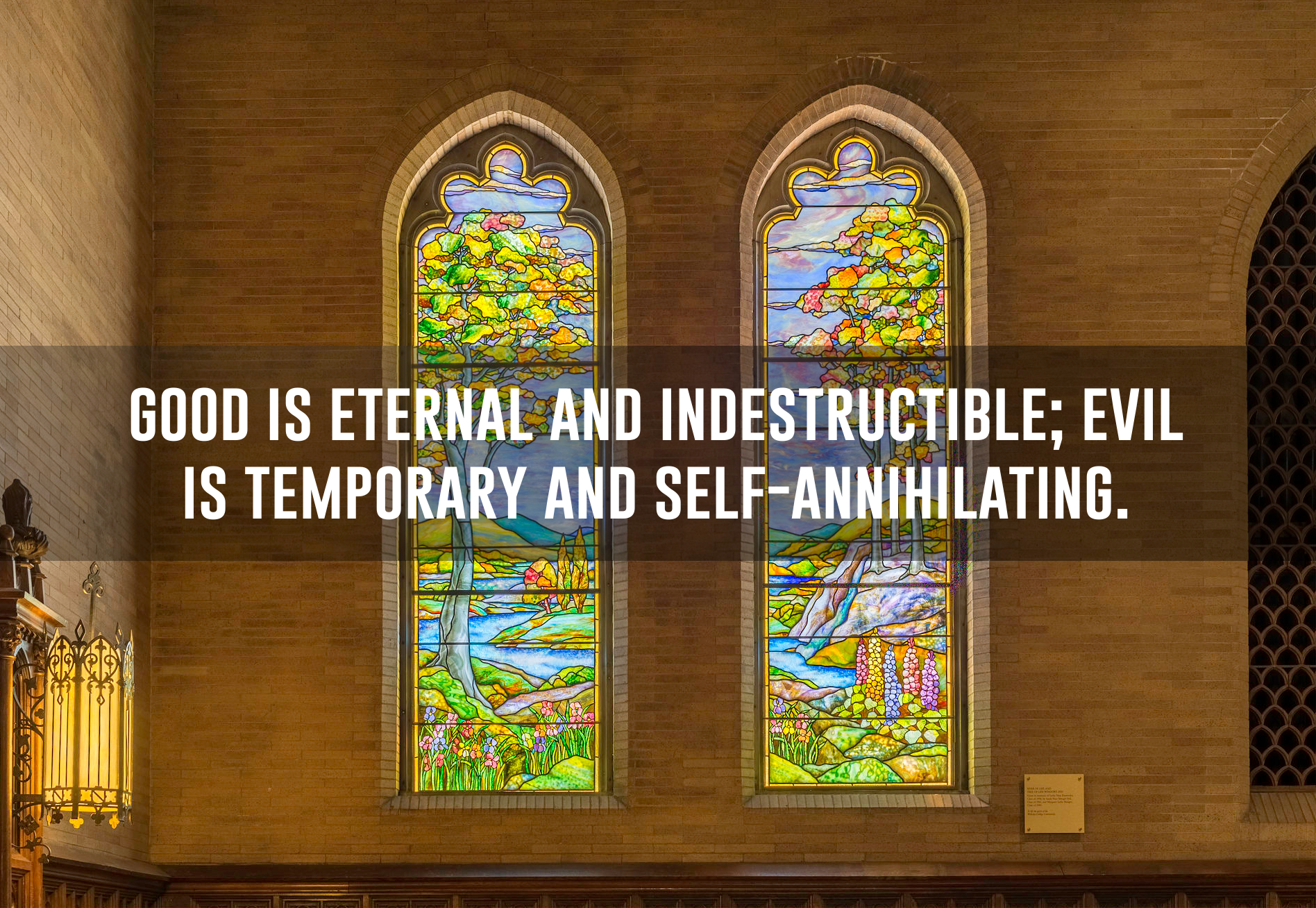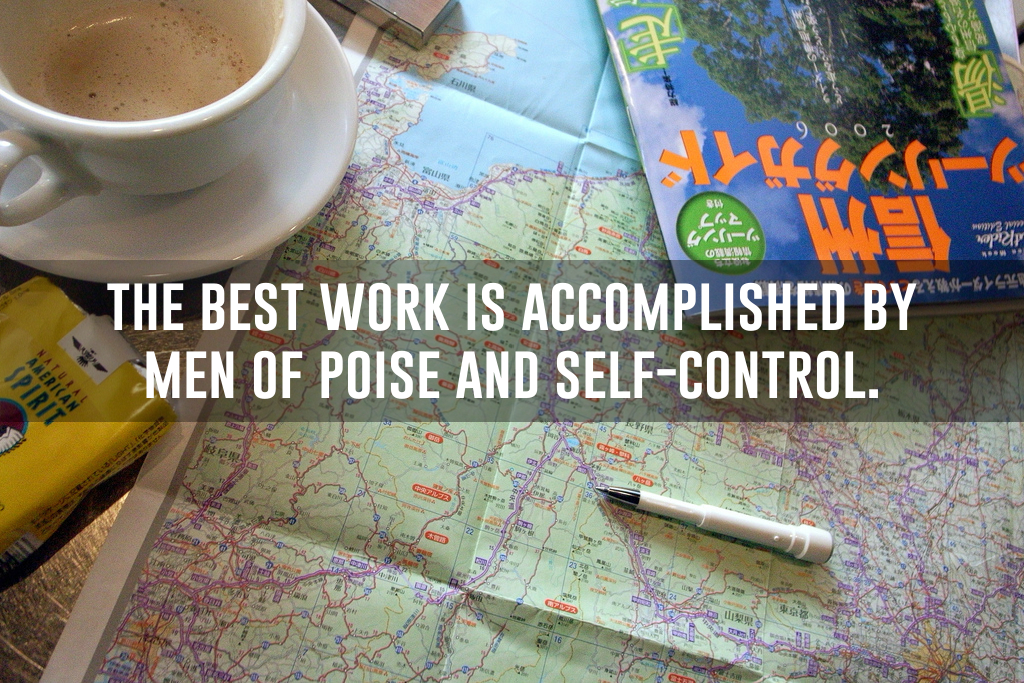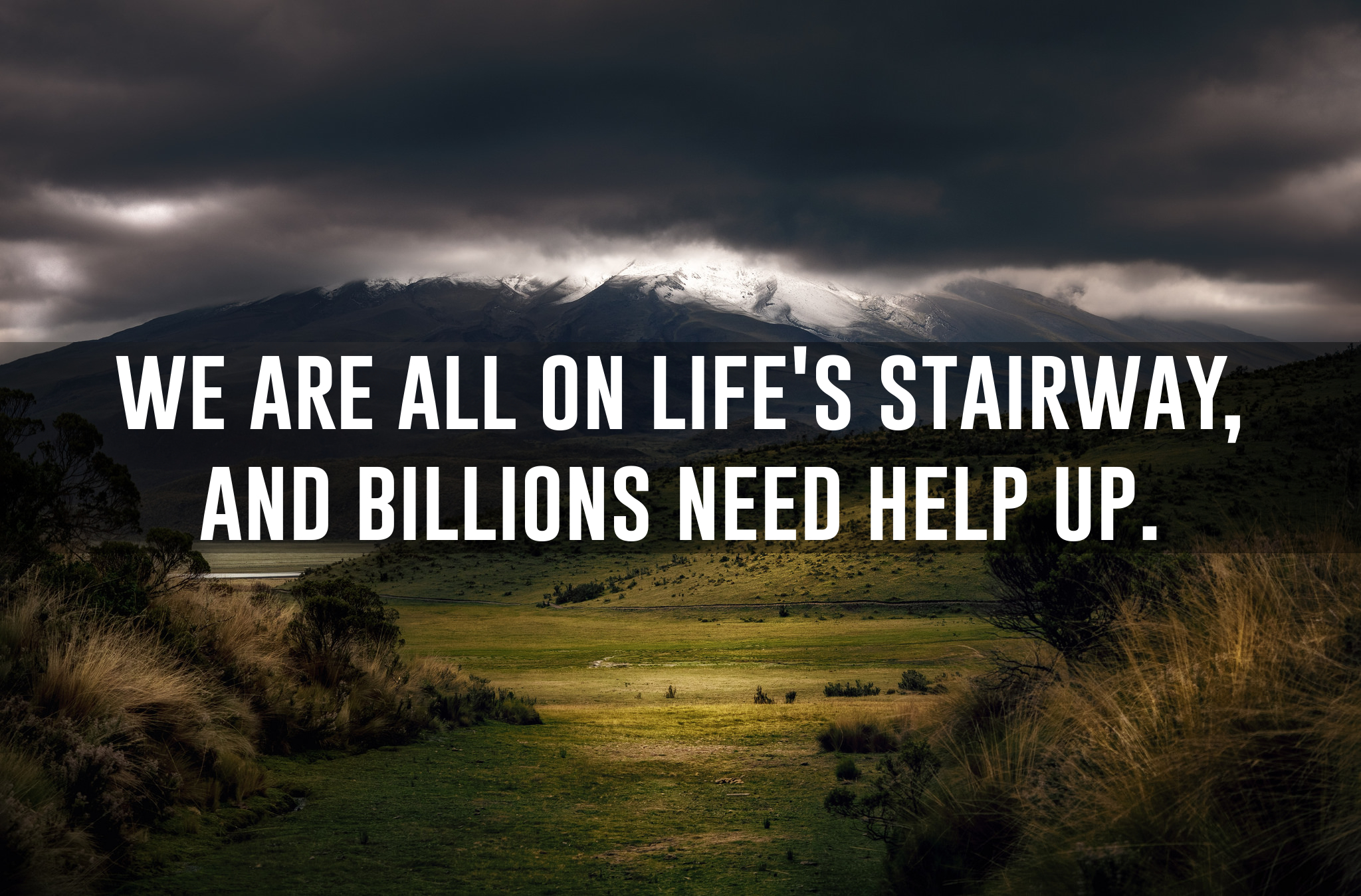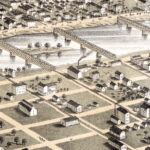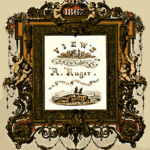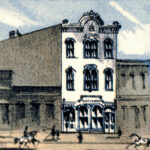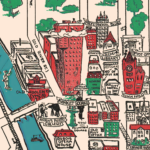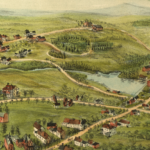Marion Post Wolcott was a notable American photographer known for her work during the Great Depression. A trailblazer in a male-dominated field, her work for the Farm Security Administration documented the struggles and resilience of the era and spotlighted the often-overlooked narratives of women and children.
Early Influences and Education
Wolcott was born on June 7, 1910 in Montclair, New Jersey. Born into a family that valued education and civic engagement, Marion grew up in an environment where social awareness was integral to her upbringing. Early exposure to the concepts of social justice and cultural awareness laid the groundwork for her future career in documentary photography.
After studying at NYU and the New School for Social Research, Marion traveled to Europe where she was exposed to the burgeoning field of photojournalism. Exposure to European culture and the burgeoning art scene of the 1930s profoundly impacted her, and she began to focus on using her craft to document and comment on social and political issues.
Upon returning to the United States she began to pursue photography seriously. This period was crucial to her career as it coincided with the rise of photojournalism as a powerful tool for social commentary.
Joining the FSA and Documenting the Depression
Wolcott’s photography career received a boost when she joined the Farm Security Administration’s photography project in 1938. Her role in the FSA placed her alongside some of the most influential photographers of the time such as Dorothea Lange and Walker Evans.
The FSA’s mission to document the impact of the Great Depression on rural America provided Marion with the platform to highlight the struggle of the American people during one of the country’s most challenging periods. Her work for the FSA spanned across the American South and East, capturing the daily lives of those affected by the economic crisis.
Wolcott had a keen eye for the human condition and her photographs often depicted the stark realities of poverty along with the enduring spirit of her subjects. Wolcott’s contributions to the FSA are noted for her focus on women and children, groups who were disproportionately affected by the Great Depression.
Life Beyond the FSA
After World War II, Marion Post married Lee Wolcott in 1941. Marriage marked a shift in Marion’s professional trajectory. While her professional career slowed, her passion for photography remained unchanged.
Post’s later work focused on her personal life and travel photography, offering a more intimate portrait of her perspective on the world. She continued to capture the American life and spirit through her photography until her death on November 24, 1990.
Legacy and Recognition
Marion Post Wolcott’s photographs are a vital part of the American historical record, offering insights into a pivotal era of our struggle and achievement. Her ability to capture the human spirit amidst adversity made her a significant figure in the world of photography and a poignant storyteller of American history. Her work remains a source of inspiration for photographers and historians, illustrating the power of the visual medium as a tool for social commentary and historical documentation.
Marion Post Wolcott’s life and work demonstrate the profound impact an individual can have in documenting and shaping the understanding of societal issues. Her legacy endures, serving as a testament to the role of art and photography in capturing and influencing the course of history.
At a ‘Women in Photography Conference’ in Syracuse, NY, Wolcott said:
“Women have come a long way, but not far enough. . . . Speak with your images from your heart and soul” – Marion Post Wolcott (1986)

